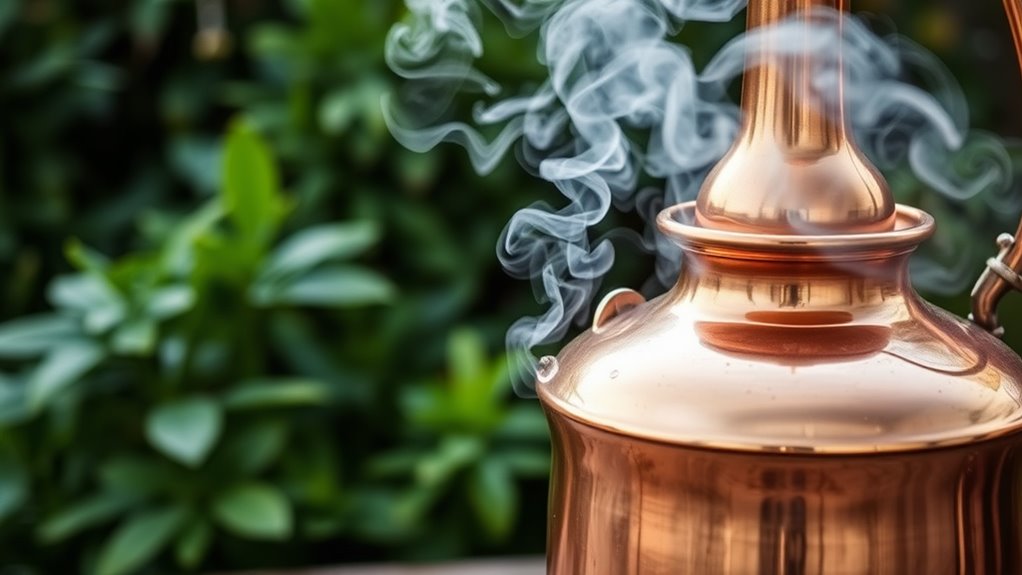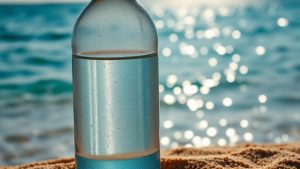
A water still is an essential device that purifies water through distillation. It works by heating water in a boiling chamber until it vaporizes, leaving contaminants behind. The vapor then travels to a condenser coil, where it cools and converts back to liquid, producing clean drinking water. You'll find various types, from electric to solar-powered models, each designed to meet different needs. If you want to explore more about its benefits and types, there's much more to discover.
A water still is an indispensable device for anyone seeking to purify water by removing contaminants and ensuring safe drinking water. You'll find that a water still, also known as a distiller, effectively separates and eliminates a variety of impurities. By utilizing heat, this device boils water and subsequently condenses the steam, transforming it into clean drinking water. The process is straightforward yet highly efficient, making it a favored choice in various settings, from homes to industrial applications.
The water still operates through a defined process. Initially, you place water in the boiling chamber. Once the heating element activates, the temperature rises until it reaches the boiling point. This causes the water to vaporize while leaving behind bacteria, viruses, dissolved solids, and other contaminants. The vapor then rises through the system, reaching the condenser coil, where it cools down and reverts back into liquid form. Finally, the purified water is collected in a designated container, ensuring that it remains free from most impurities. In fact, the purification process in a water still often results in removing nearly all contaminants, which is crucial for ensuring the safety of drinking water.
The design of a water still comprises several key components. The heating element is vital, as it's responsible for bringing the water to a boil. The condenser coil plays an equally important role by cooling the steam, a necessary step for condensation to occur. Additionally, an air vent system is included to prevent pressure build-up, ensuring safe operation. Temperature control mechanisms also exist to maintain ideal conditions throughout the distillation process.
Using a water still offers numerous benefits. It provides effective purification, removing nearly all contaminants, which is fundamental for maintaining good health. You'll appreciate the simplicity of operation and maintenance; most models are user-friendly and require minimal intervention. Over time, investing in a water still can prove cost-effective, as it continuously provides access to clean drinking water.
Portable models are available, making them perfect for outdoor activities or travel. Furthermore, in emergency situations, such as natural disasters, a water still can be a lifesaver when access to clean water becomes compromised.
There's a variety of water stills on the market today. Solar-powered stills harness sunlight for heating, ideal for off-grid use, while electric stills are the most common due to their convenience. For remote or emergency situations, gas-powered stills can be invaluable. If you're seeking finer purification, multi-stage distillers offer additional processes for enhanced purification. Automatic models self-regulate temperature and condensation, adding to the ease of use.
Conclusion
Essentially, a water still is your modern-day alchemist, transforming impure water into pure, drinkable liquid gold. By harnessing the simple yet effective process of distillation, it separates water from contaminants, much like how a diamond emerges from rough stone. Whether you're camping in the wilderness or ensuring safe drinking water at home, a water still offers a reliable solution. Embrace this ingenious device, and you'll find that clarity and purity are just a drop away.



